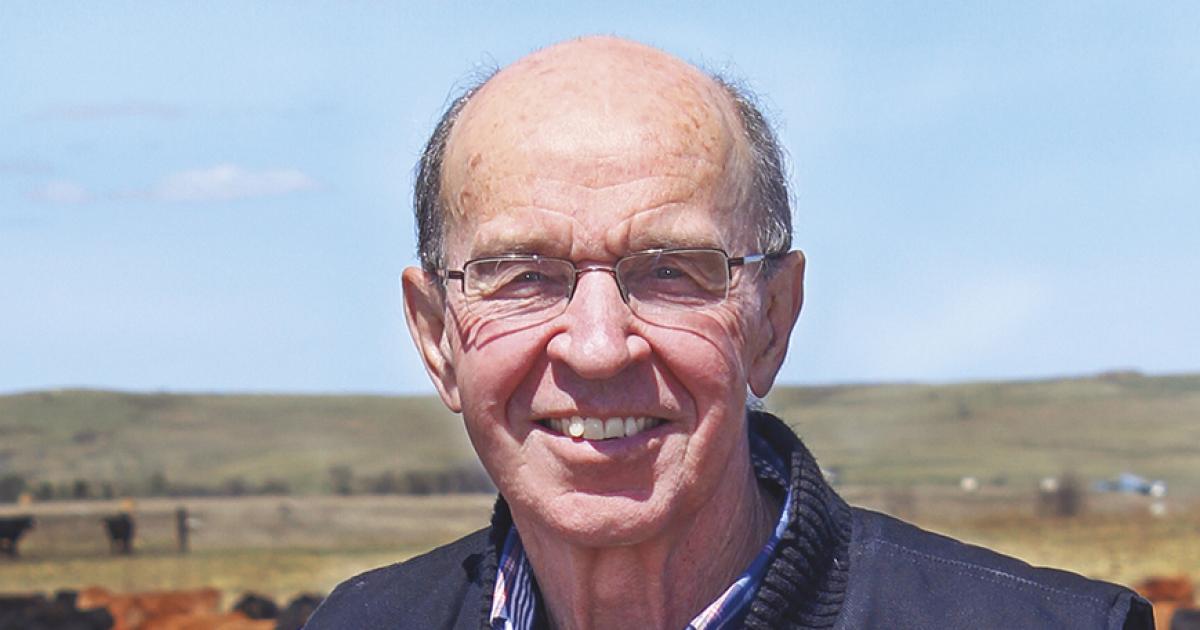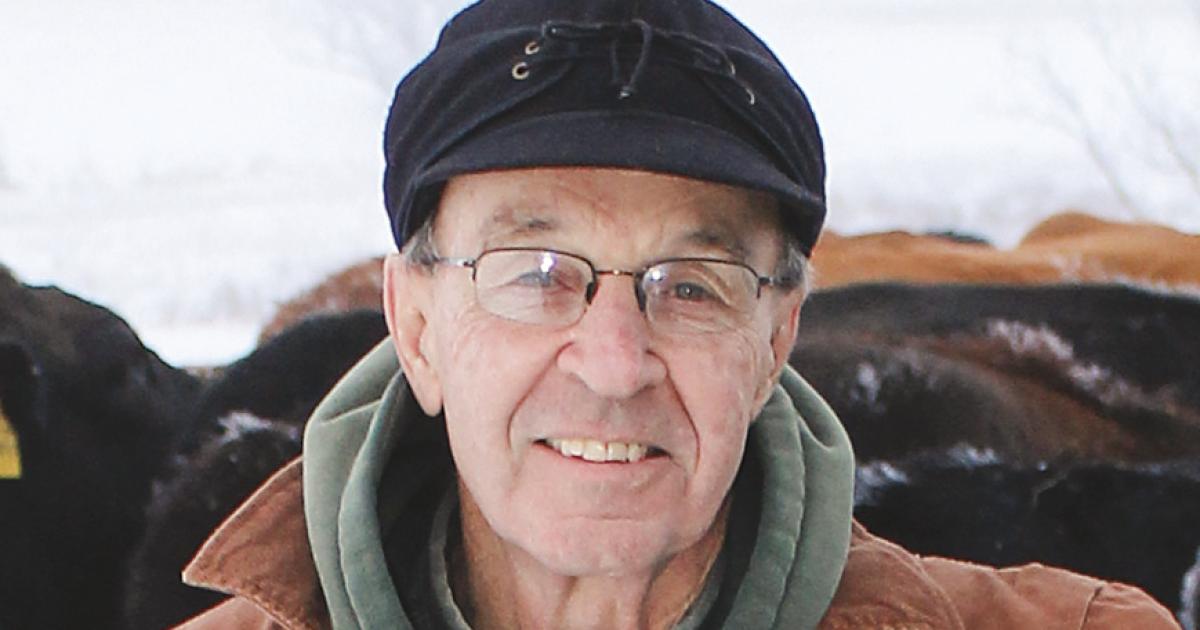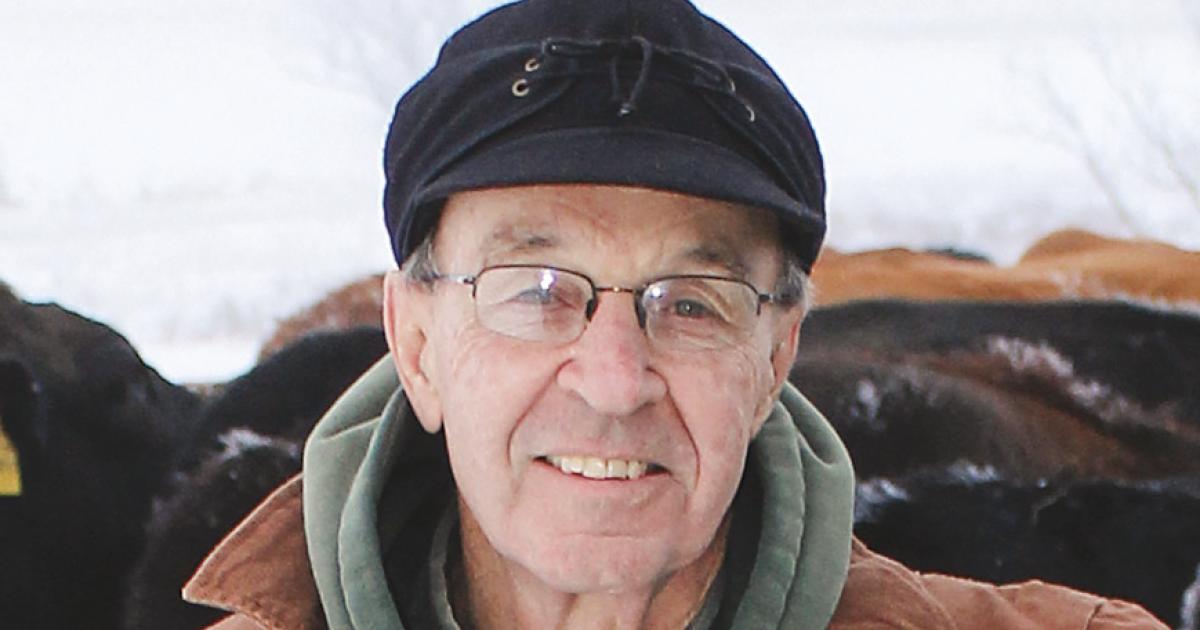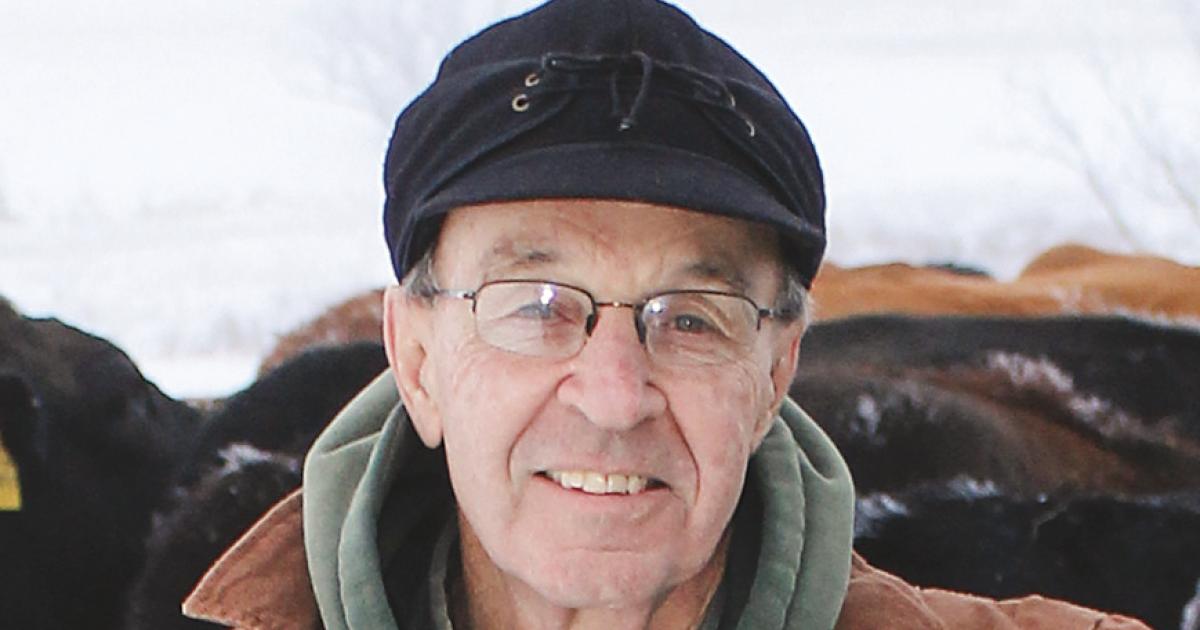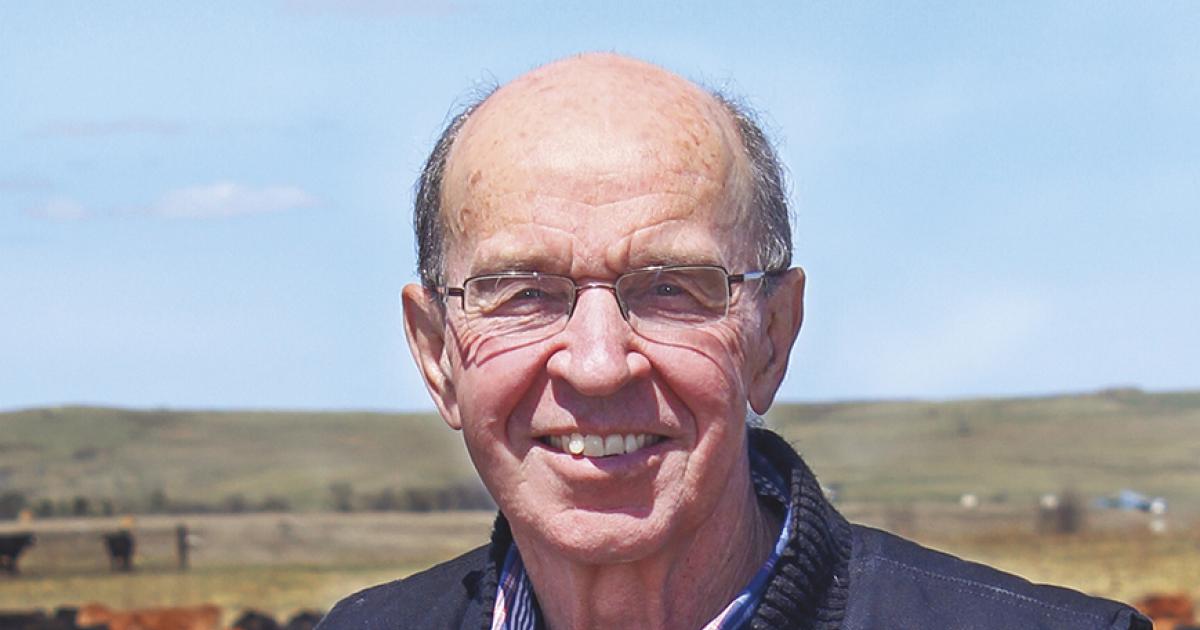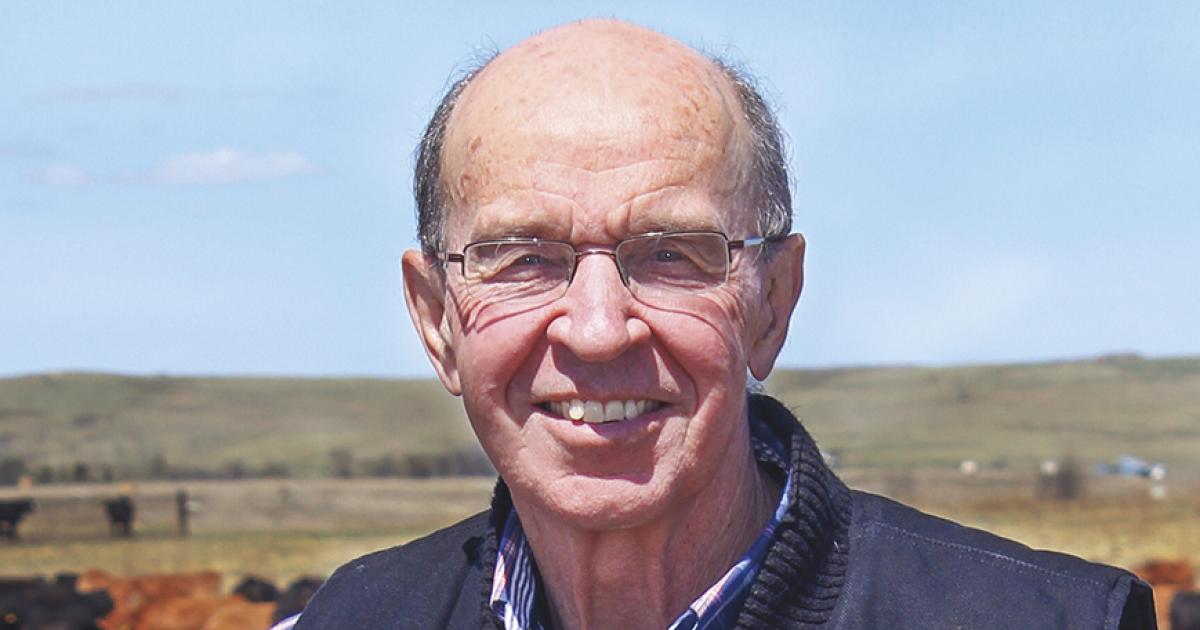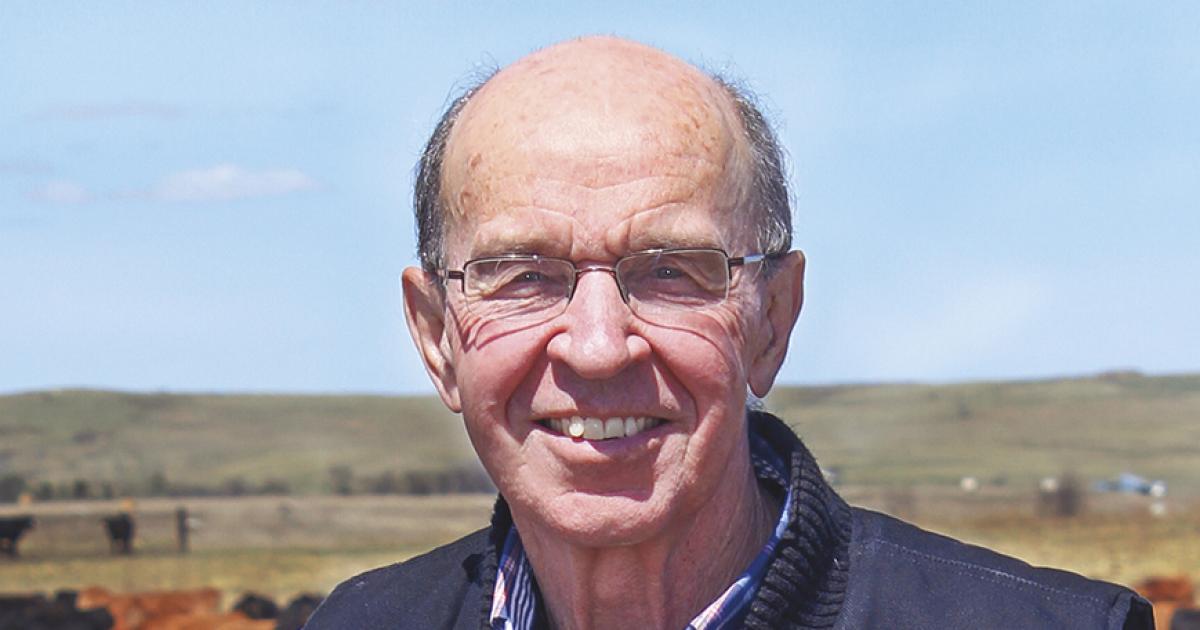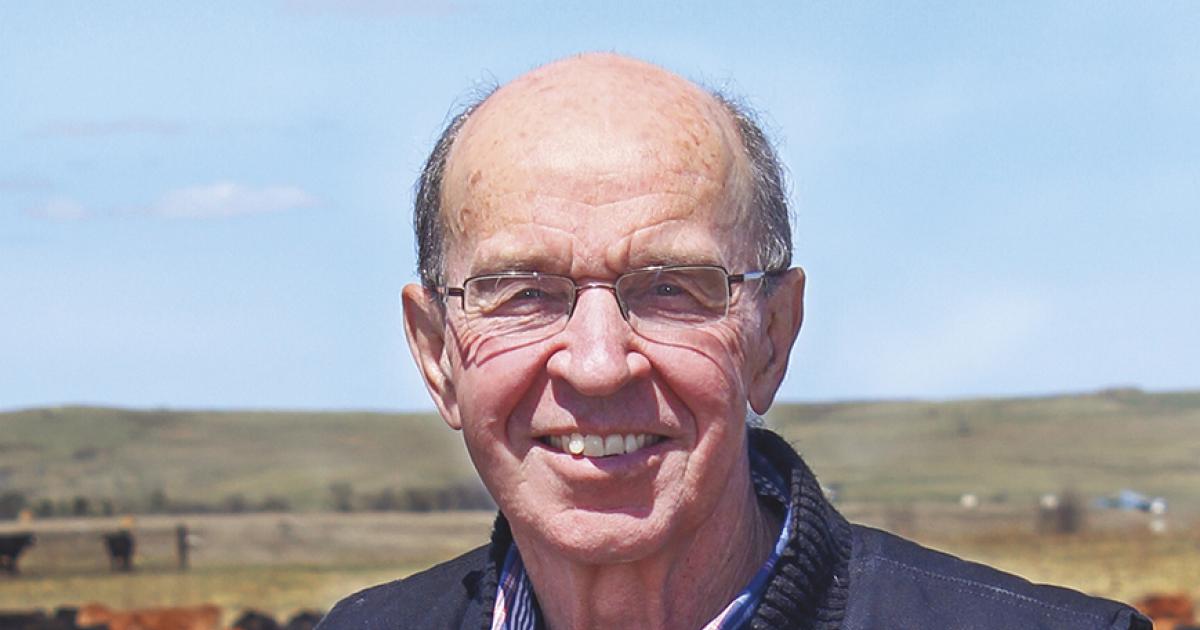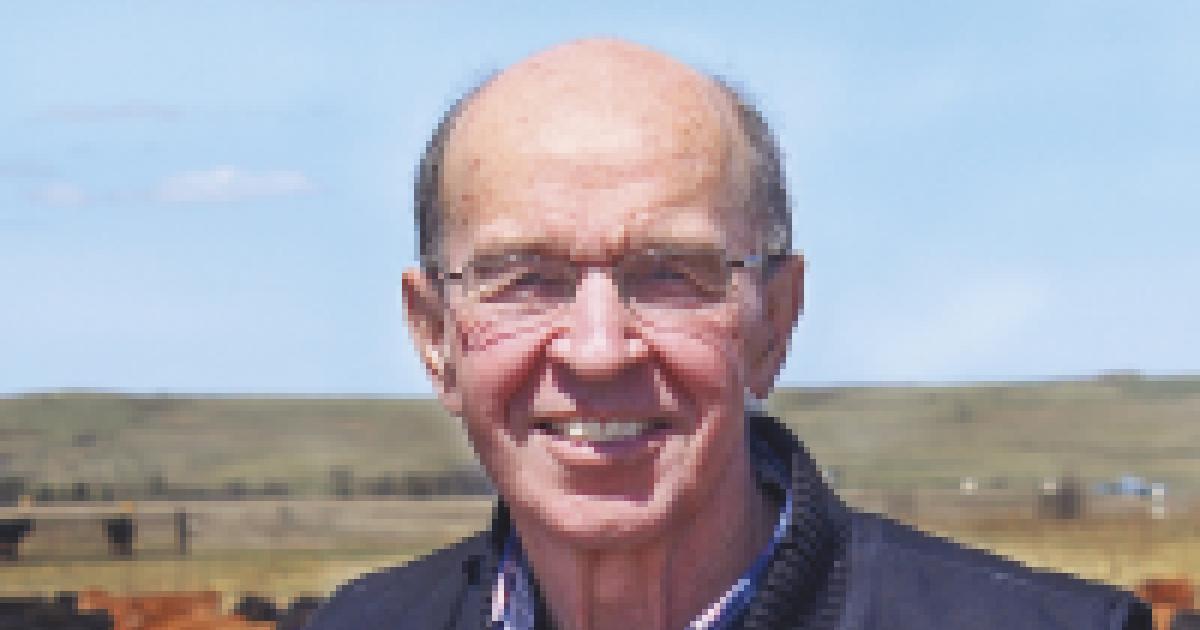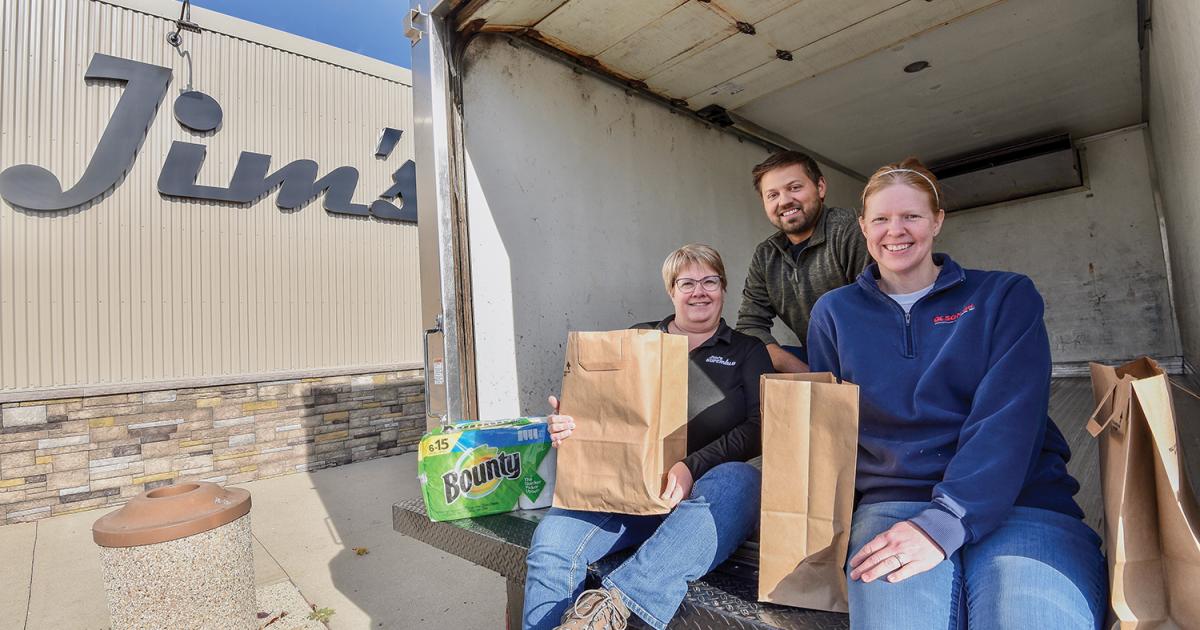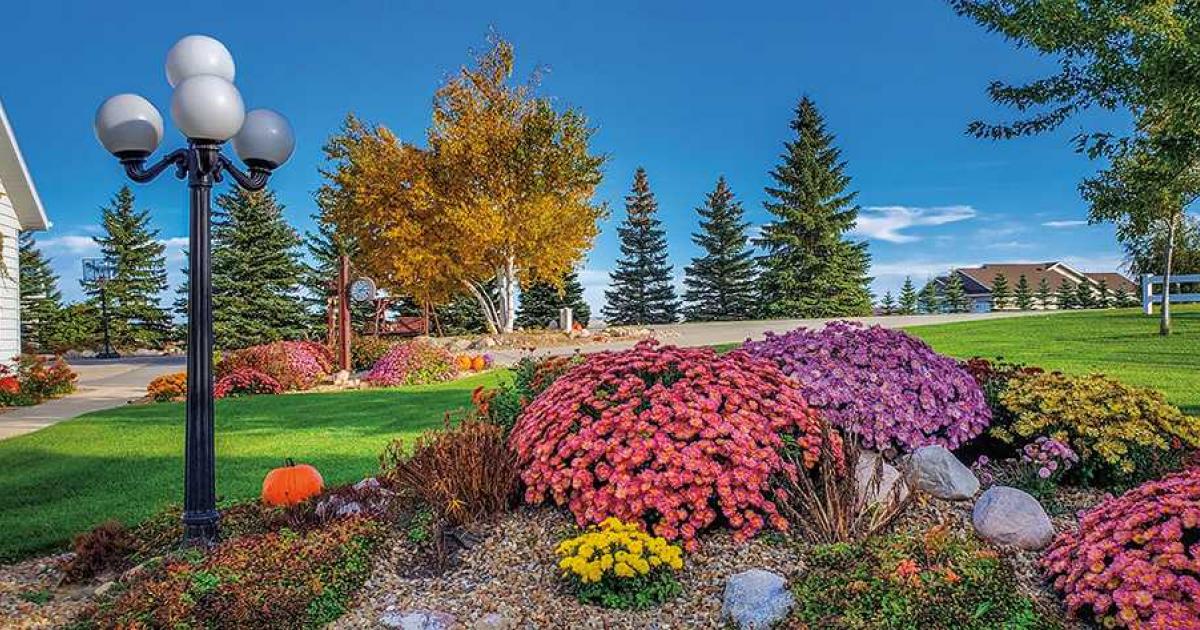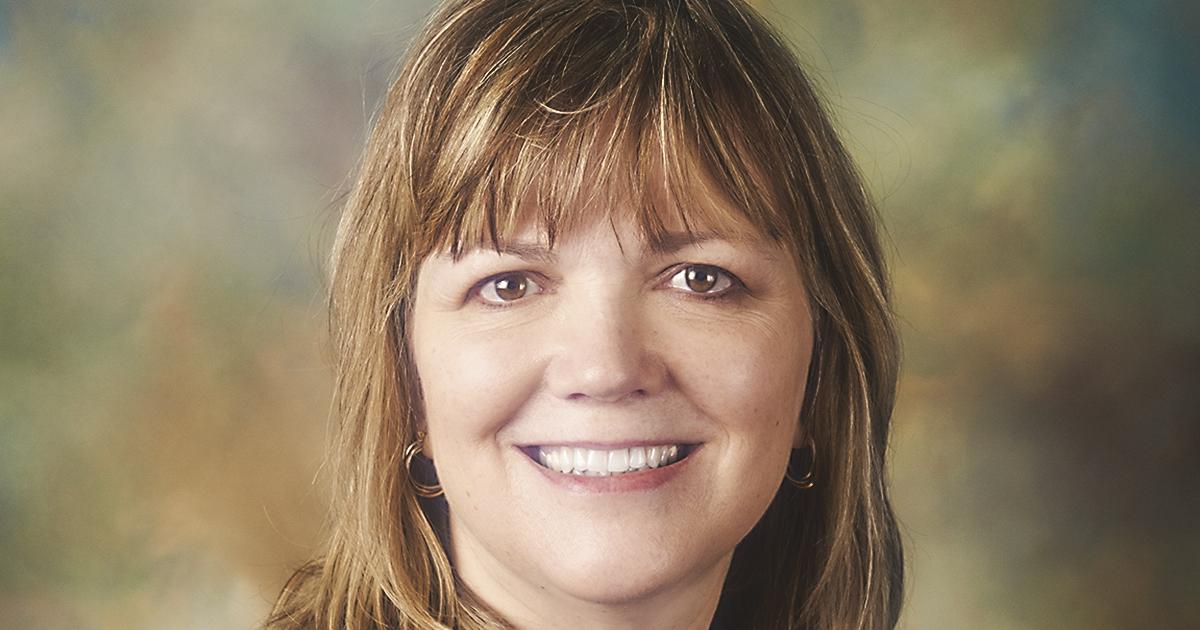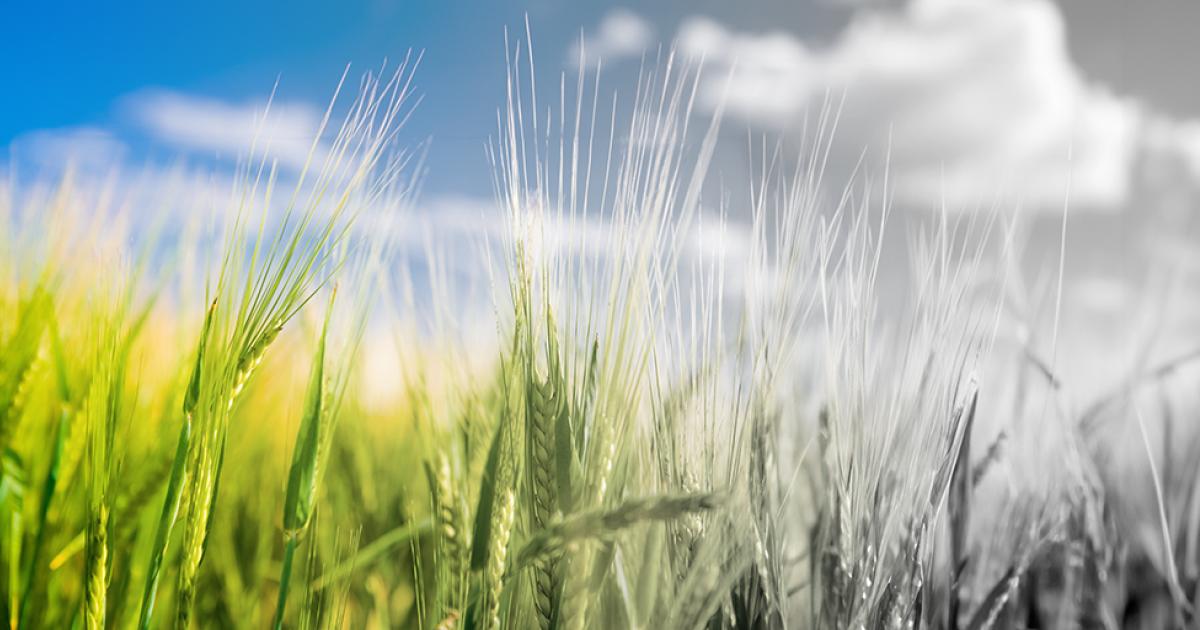The 1950 World Book Encyclopedia, the one my folks bought for us to learn from, includes a 16-page entry on North Dakota. There are pictures, charts and drawings and two maps. One is a “land use” map with little symbols depicting the principal products produced in different parts of the state.
The map has two ears of corn in the southeast corner. Heads of wheat and dairy cows are located in quite a few counties. Beef cows are found in much of western North Dakota, hogs in the southeastern part of the state and symbols for potatoes and sugar beets in the Red River Valley.
Farm Byline
The headline was impressive. Agriculture’s contribution to North Dakota’s economy totaled $30.8 billion, according to a study done by North Dakota State University, which looked at the years 2018 through 2020. What the headline didn’t say was livestock income accounted for just $2.6 billion, a figure many would consider disappointingly small.
I’ve written before about Harvest Bowl, North Dakota State University’s (NDSU) annual celebration of agriculture and athletics. It’s always reassuring and reaffirming to hear NDSU star athletes talk about how being raised on a farm or ranch taught them responsibility, dedication and the value of hard work.
At a trade show last spring, I asked a soybean industry official, “What is the most exciting thing happening in your world these days?” Without hesitation, he said, “Renewable diesel.” He went on to explain there were two soybean processing plants planned for North Dakota, and at least some soybean oil from those plants would be converted to renewable diesel at a refinery near Dickinson. The renewable diesel, he said, would then be shipped to states like California.
This past June, the small community of St. Anthony, south of Mandan, celebrated the 125th anniversary of its church. It left me with plenty to think about. Our family was part of the St. Anthony Catholic Parish as I was growing up, and we have been members since moving back to the farm 30 years ago.
A news article last month got me thinking about an interesting opportunity I had almost 20 years ago. The article stated food regulators had approved a genetically modified wheat variety for human consumption in Australia and New Zealand. The variety had been genetically modified by Argentinian scientists to withstand drought and the herbicide glufosinate.
As I prepared a rough draft of a “Farm Byline” for the May issue of North Dakota Living, I wrote some observations about the very unusual, perhaps unprecedented, situation farmers faced as they made planting decisions for the coming year. I set that column aside, though, and instead decided to write about the 25th anniversary of the terrible winter of 1996-97, which culminated with an April blizzard that killed over 100,000 cattle, and my experiences covering that blizzard as a TV reporter.


